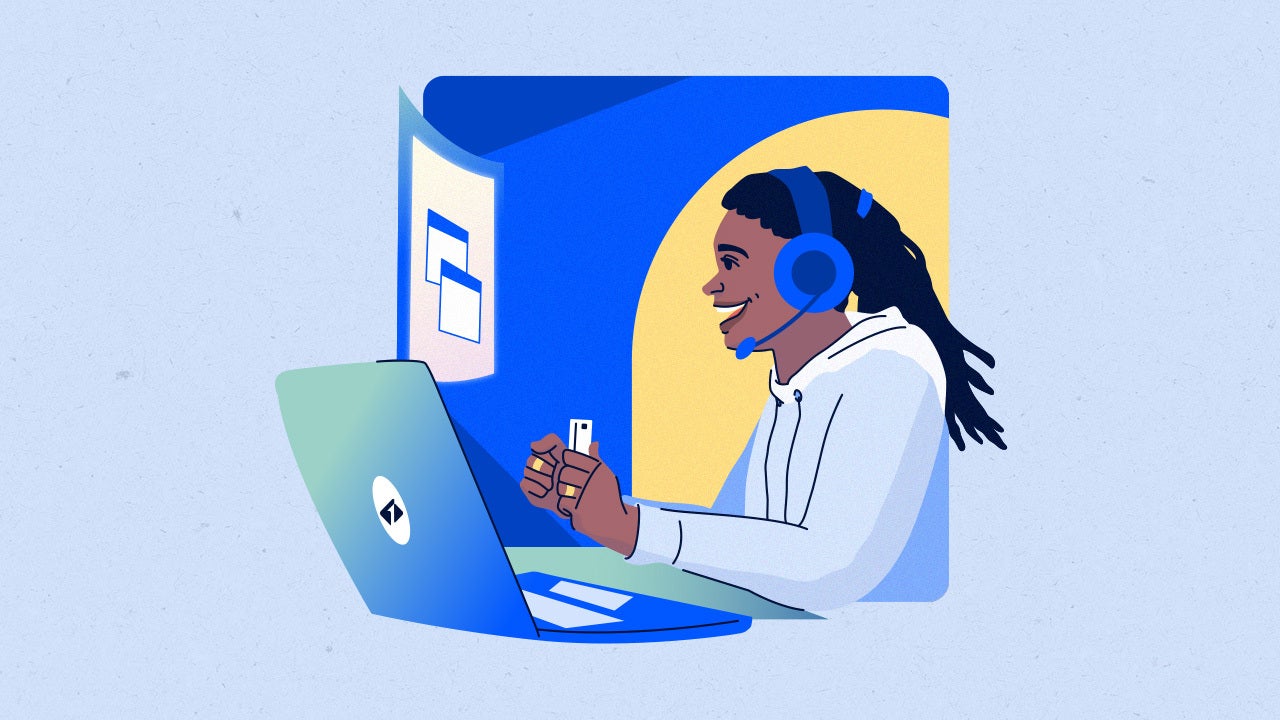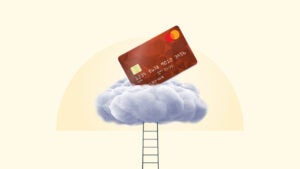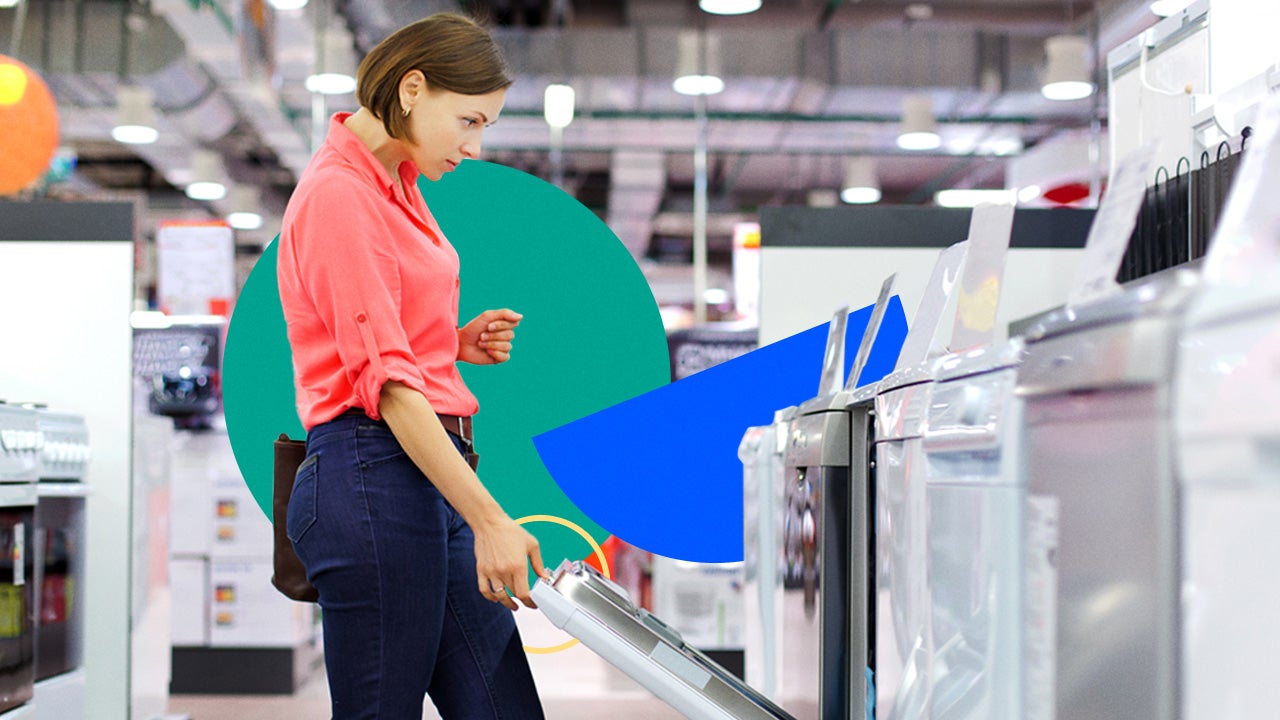Should I make tech purchases on a credit card?



Whether you’re upgrading appliances, replacing your cell phone or splurging on a gadget, buying new technology can be an exciting experience.
Upgrading your devices and appliances to the latest tech can offer material benefits. With the emphasis on greener homes, smart fridges, ovens and thermostats can help you bring your household in line with local regulations, reduce your carbon footprint, save money and even help you eat healthier.
Even if you’re not upgrading to a smart home, it may simply be time for an upgrade or a new tech purchase. Students starting college, remote workers looking to upgrade their home office setup and parents getting their kids laptops for school all have a tech purchase in their future – and want to get the best deal.
When it comes to making a new tech purchase, it’s important to consider your payment options. After all, these purchases typically aren’t cheap so if there’s a way to maximize your spending, it’s worth researching and considering.
You might consider using a credit card which can offer rewards, protections and additional benefits offering you more returns and perks for your usage.
The First Tech Choice Rewards Mastercard®, for example, offers exclusive rewards on technology and telecom purchases, making it a competitive option if you plan on making some big tech purchases in the future.
However it’s critical to understand the implications of using credit to make large purchases, such as incurring interest on your balance. Additionally, it’s important to make sure the card you’re using will offer you the optimal amount of rewards for your purchases.
With this in mind, read on to learn more about the pros, cons and considerations of using a credit card to buy new technology.
Capitalizing on card perks
When it comes to using a credit card, customer perks like card rewards and sign-on bonuses are an advantage when making a big tech purchase.
Card rewards can be a key draw when making a big purchase on a credit card. Cash back, reward points and discounts are just a few of the ways that every dollar you put on your card can work in your favor. If you’re buying new tech, some card rewards can be more useful than others.
Some cards offer a simple cash back system for purchases. A card with a 1 percent cash back perk, for example, could get you $5 of cashback on a $500 smartphone purchase.
Other cards offer a points system, where points earned can be redeemed for airline miles, merchandise, gift cards and more. For example, a credit card with a 1X point rate would give you 500 points for a $500 smartphone purchase, with 500 points possibly equaling a $5 gift card.
Some card providers offer bonus perks for certain categories. The First Tech Credit Union Choice Rewards Mastercard®, offers a 2X point rate on telecom purchases, meaning that a $500 smartphone purchase would net you 1,000 points.
Potential card perks don’t stop there. Sign-on bonuses can offer thousands of points, and low introductory rates and low or no-fee balance transfers can allow you to make a big purchase and pay it off in a month or two without accumulating interest.
Finally, credit card providers themselves can offer perks outside of card usage. First Tech Credit Union, for example, offers its customers access to digital budgeting tools, educational resources and access to experts through webinars and trainings to help you be fully informed when you make your next tech purchase.
Credit card vs. buy now pay later
Something you may be considering when it comes to making a big purchase is whether to use a credit card or a buy now pay later (BNPL) program.
BNPL offers an installment loan when you make a purchase. Instead of paying cash, the loan servicer fronts your bill, and you pay the balance back with a series of installments — typically four. This way, a $500 purchase can be paid back in four interest-free $125 monthly payments.
Credit cards accumulate all purchases made on the card into one balance, which is charged a given interest rate on a month to month basis. Users can choose to pay the full balance each month to avoid getting charged interest, or they can keep a balance month to month and make a set minimum payment on their debt.
While both a credit card and BNPL allow you to make a purchase without paying in full up front, it is important to know the key differences between the two.
- BNPL can incur multiple loans, while credit cards pool the balance. If you make multiple separate purchases with BNPL, you might make multiple payments which can be difficult to keep track of. Credit cards, on the other hand, pool your purchases on the card into one balance that is charged one rate.
- BNPL can rack up late fees and interest. Some BNPL providers charge interest on longer loans, with APRs that are much higher than what credit cards offer.
- BNPL doesn’t offer the same protections a credit card can. If you find that an item or service you purchased isn’t what was advertised, you can file a chargeback with your credit card and have the bill removed from your balance. With BNPL, the loan provider will often require you go through the vendor for a return or refund.
While BNPL can offer seemingly quick and easy cash, it might not be the right choice for you when it comes to making a big purchase. Once you’re approved, a credit card can be just as easy to use as BNPL, offers similar perks, can net you cash and point rewards and offer better consumer-level protection than an installment loan system.
Should I make technology purchases on a credit card?
Deciding whether to use a credit card to pay for a tech purchase is an important decision. The rewards, interest rate, the purchase itself and your financial situation are all considerations. Let’s review some pros and cons.
Pros
- Card rewards like cash back and point reward systems can give you money and merchandise with every dollar you spend on top of other perks such as discounts, service upgrades and travel insurance, depending on the card provider.
- Sign-on rewards can offer you bonus points and low (or no) APRs for the introductory period.
- Other card perks such as budgeting advice and educational resources from the provider can help you make informed decisions about your purchase.
- Card protections like purchase protection and chargeback capabilities can help protect you from fraud and scams better than BNPL or a cash purchase.
Cons
- High interest rates can quickly compound on an ongoing card balance, meaning that your balance will grow each month if you don’t pay it off quickly.
- Fees such as foreign transaction fees and annual usage fees can outpace how much you’re pulling in on your rewards if you’re not careful.
- Potential debt if you make purchases you can’t afford, meaning that you’ll be hit with compounding interest and monthly payments until it’s paid off.
- Hits to your credit score, both when you apply for the credit card and if you have a high utilization ratio.
First Tech: Empowering your tech purchases
If you’re thinking about upgrading your kitchen with smart appliances, starting off the school year with a new laptop or splurging on a VR set, the First Tech Credit Union Choice Rewards World Mastercard® might be for you.
The Choice Rewards World Mastercard® offers competitive benefits for its users, including points on everyday purchases, cash back and rewards for travel, dining, merchandise and more.
Most notable for tech aficionados is the Choice Rewards World Mastercard’s® 2X points multiplier on electronics and telecom purchases, allowing for your device upgrades, internet subscriptions and phone contracts to put money back in your pocket.
This 2X bonus also applies to other everyday purchases such as gas, groceries and household goods. All other purchases net you a 1X point bonus for every dollar spent.
In addition, First Tech has a wide offering of resources for its users, including access to financial advisers, webinars on financial topics like loans and investing and services tailor-made for tech professionals in a wide range of verticals.
If you sign up now, First Tech’s Choice Rewards World Mastercard® offers 20,000 points if you spend at least $3,000 in the first 60 days, with a 0.00% introductory annual percentage rate (APR) and no-fee balance transfers for 12 billing cycles on transfers made within 90 days of opening the card, and no annual fee. After the 12 cycles the standard balance-transfer variable APR of 13.25% – 18.00% applies to unpaid, transferred balances.
Learn more, and see if the Choice Rewards World Mastercard® is right for you.
The bottom line
Investing in new technology doesn’t have to be painful for your wallet. Using a credit card to make tech purchases can offer more rewards, card perks and better protections than using cash or BNPL systems.
However, it’s important to understand that using credit to make a purchase does come with the risk of impacting your credit score, incurring a balance and racking up interest if you’re not careful.
If you’re on the hunt for a credit card for your Silicon Valley-inspired shopping spree, the First Tech Choice Rewards World Mastercard® might be right for you. With double rewards for tech purchases, cardholder perks and more, see if the Choice Rewards World Mastercard® is the card you want for your technology purchase needs.








